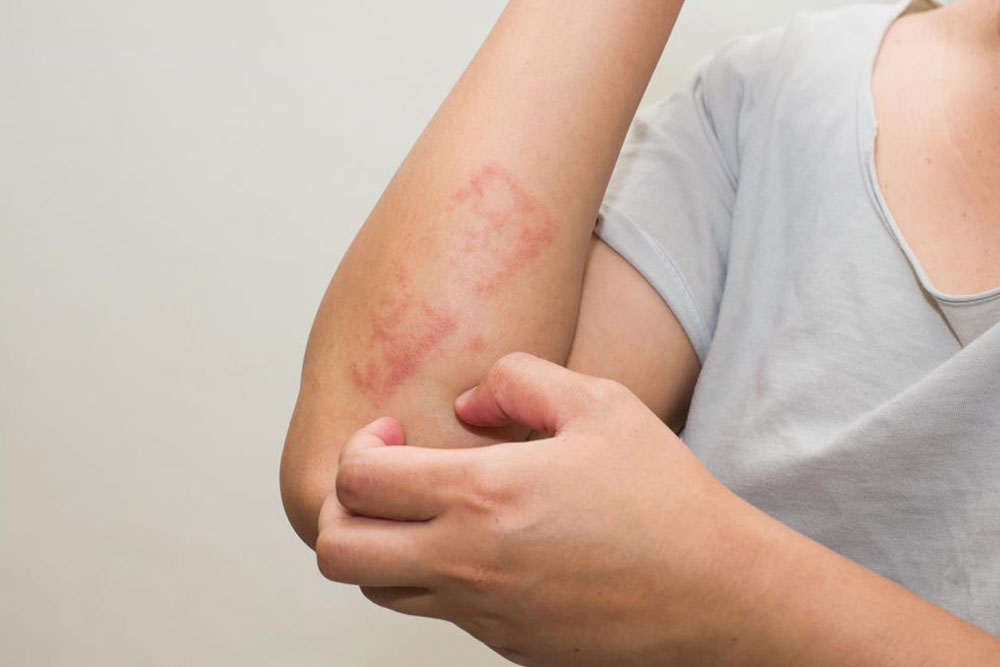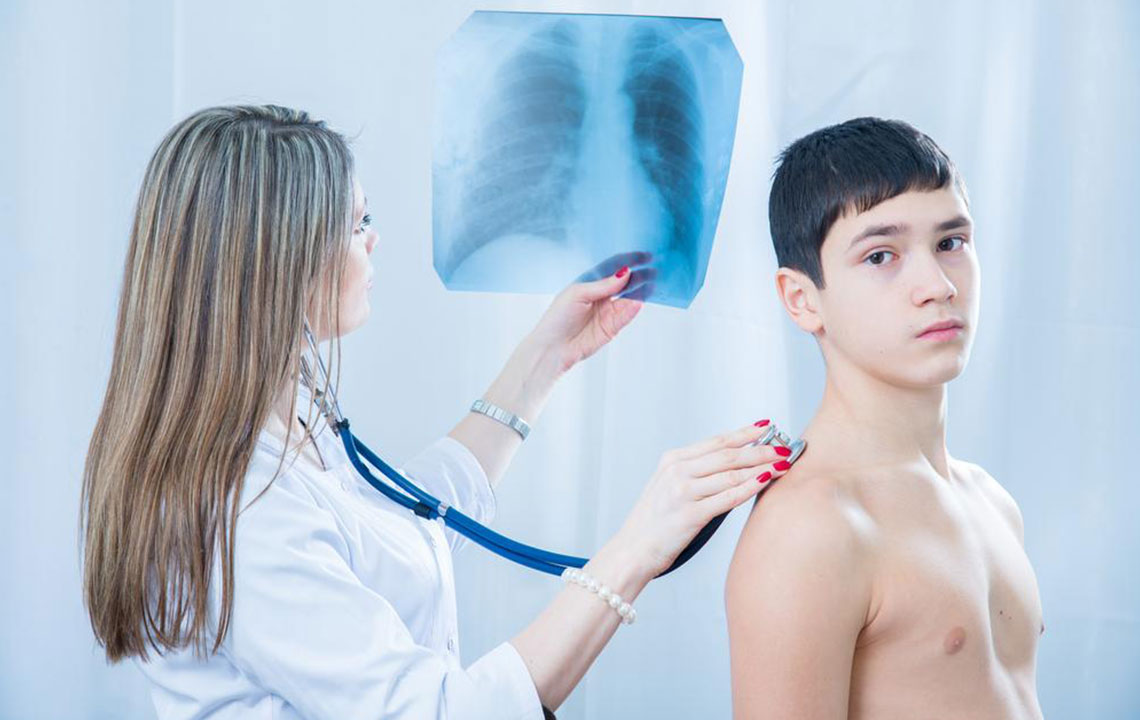Comprehensive Guide to Detecting and Preventing Scabies Skin Rash
This comprehensive guide explores the identification, diagnosis, treatment, and prevention of scabies, a highly contagious skin condition caused by mites. Learn how to recognize symptoms such as intense itching, skin bumps, and burrow lines, and discover effective treatment options like medicated creams and oral medication. Implementing proper hygiene, thorough cleaning of bedding and clothing, and avoiding close contact are vital for preventing the spread. Early diagnosis and management are key to controlling outbreaks, especially in communal settings. Protect yourself and others from scabies with expert advice and practical tips.

Scabies is a highly contagious skin condition caused by the infestation of tiny mites called Sarcoptes scabiei. This condition leads to intense itching, skin irritation, and various dermatological symptoms that can significantly affect an individual's quality of life. Recognizing the signs and symptoms of scabies early is crucial for effective treatment and preventing its spread within communities and households. This comprehensive guide explores the nature of scabies, how to identify its symptoms, effective diagnostic methods, and practical strategies to prevent its transmission.
Understanding the nature of scabies is the first step toward effective management. The mites responsible for scabies are microscopic, making them invisible to the naked eye. They burrow into the upper layer of the skin, creating tunnels where they lay eggs and reproduce. This infestation triggers an immune response, leading to the characteristic symptoms of the condition. It’s important to note that scabies can affect individuals of all ages and backgrounds, and transmission primarily occurs through prolonged skin-to-skin contact, making close personal interactions the main pathway for infection.
Recognizing the Symptoms of Scabies
One of the hallmark signs of scabies is intense itching, especially at night. The itching results from the body's allergic reaction to mites, eggs, and their waste. The affected areas often develop red, inflamed bumps that can sometimes blister or form pustules. Over time, tiny gray or silver lines—known as burrow tracks—may become visible on the skin. These lines are the tunnels created by mites moving beneath the surface. Typical affected regions include the wrists, fingers, elbows, armpits, waistline, and genital areas, but scabies can spread to almost any part of the body including the face, scalp, and feet, particularly in children.
Secondary skin infections are common if the scratching persists, potentially leading to bacterial infections such as impetigo. Recognizing these early signs and consulting a healthcare professional for accurate diagnosis is critical. It’s important not to misinterpret scabies symptoms as allergic reactions, eczema, or other dermatological conditions, which can delay treatment and lead to further complications.
Diagnostic Methods for Scabies
Diagnosing scabies requires a careful physical examination and sometimes laboratory tests. A healthcare provider may perform skin scraping, where a small sample of skin is taken from the burrow or affected area and examined under a microscope to identify the mites, eggs, or fecal matter. In some cases, the diagnosis is based solely on clinical presentation and patient history, especially if characteristic signs are observed. A detailed interview about recent skin contact and exposure history helps differentiate scabies from other skin conditions like contact dermatitis, allergic reactions, or bacterial infections.
In ambiguous cases, imaging techniques such as dermoscopy can be employed. Dermoscopy allows for a magnified view of burrows and mites, aiding in definitive diagnosis. Sometimes, further laboratory tests may be recommended to rule out or confirm other skin issues, especially if symptoms resemble other dermatological conditions. Prompt and accurate diagnosis is essential to initiate appropriate treatment and prevent further transmission.
Effective Treatment Options for Scabies
Proper treatment is vital for eradicating scabies and alleviating symptoms. Over-the-counter remedies are generally ineffective against the mites, so seeking medical approval for prescribed medications is strongly recommended. The primary treatment involves topical scabicides—medicated creams or lotions containing agents such as permethrin, lindane, or crotamiton—that are applied over the entire body from the neck down to the soles of the feet. It is crucial to follow the application instructions carefully to ensure thorough coverage and maximum efficacy.
In addition to topical treatments, oral medications such as ivermectin may be prescribed in severe cases or when topical treatments fail. These medications work systemically to eliminate mites from within. Patients should complete the full course of treatment and follow-up with their healthcare provider to monitor progress and ensure complete eradication. Items such as bedding, clothing, and towels used during the infestation period should be washed at high temperatures or sealed in plastic bags for several days to kill any remaining mites or eggs.
Preventive Strategies to Minimize Scabies Spread
Prevention is the best approach to controlling the spread of scabies, especially in crowded settings such as schools, nursing homes, and prisons. Individuals diagnosed with scabies should avoid close skin contact with others until treatment is complete and symptoms resolve. Here are some key preventive measures:
Maintain excellent personal hygiene by regularly washing skin with soap and water.
Wash bedding, clothing, and towels thoroughly at temperatures above 50°C (122°F) to kill mites and prevent re-infestation.
Avoid sharing personal items such as clothing, towels, and bedding with infected individuals.
Vacuum and clean living spaces frequently to remove mites from furniture and carpets.
Disinfect or replace infested clothing and bedding after treatment to ensure no mites remain.
Public health authorities often recommend treating all close contacts simultaneously to prevent reinfection, even if they are asymptomatic. Educating communities about the modes of transmission and symptoms can facilitate early diagnosis and prompt treatment, thereby reducing the overall burden of scabies.
Long-term Management and Patient Care
Managing scabies involves not only treating the infestation but also addressing secondary skin infections and preventing recurrence. Patients should be advised to monitor their skin post-treatment for any signs of persistent or new symptoms. Continuing good hygiene practices and environmental cleaning are essential components of long-term management.
In cases of recurrent infestations, healthcare providers may investigate potential sources of re-exposure and reinforce preventive measures. Education about avoiding close skin contact with infected individuals and maintaining cleanliness can significantly reduce the risk of future outbreaks.
Early detection, prompt treatment, and diligent preventive practices are the cornerstone of effective scabies management. With proper care and community cooperation, it is possible to control and eliminate this highly contagious skin condition, improving individual health outcomes and reducing transmission within populations.





